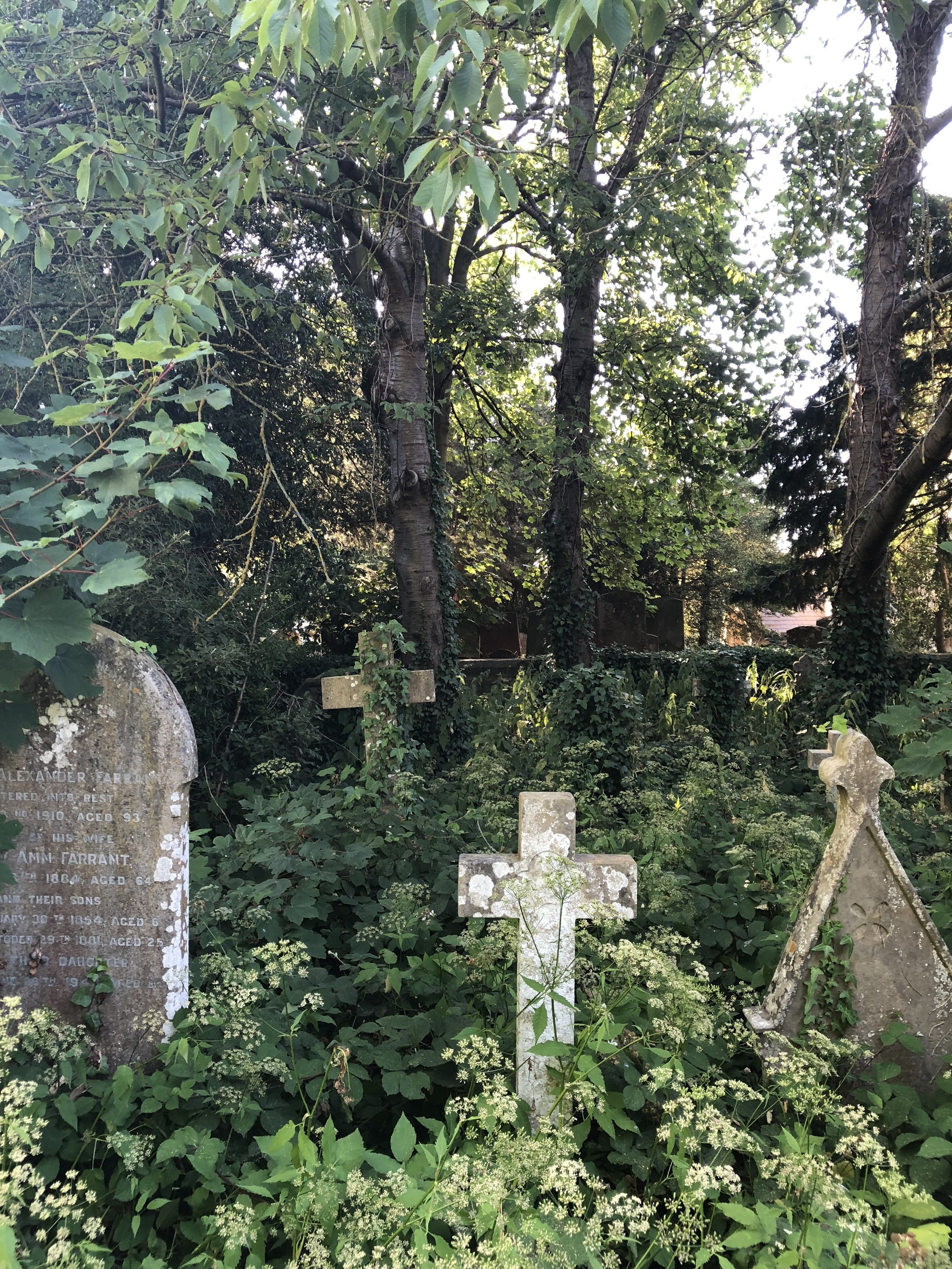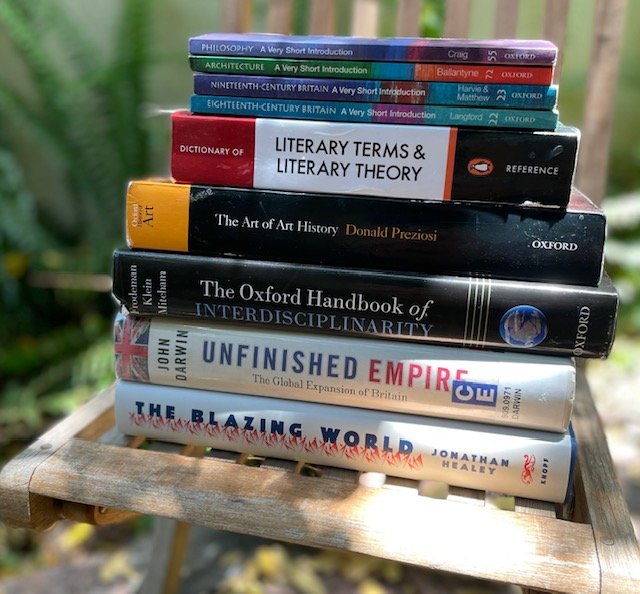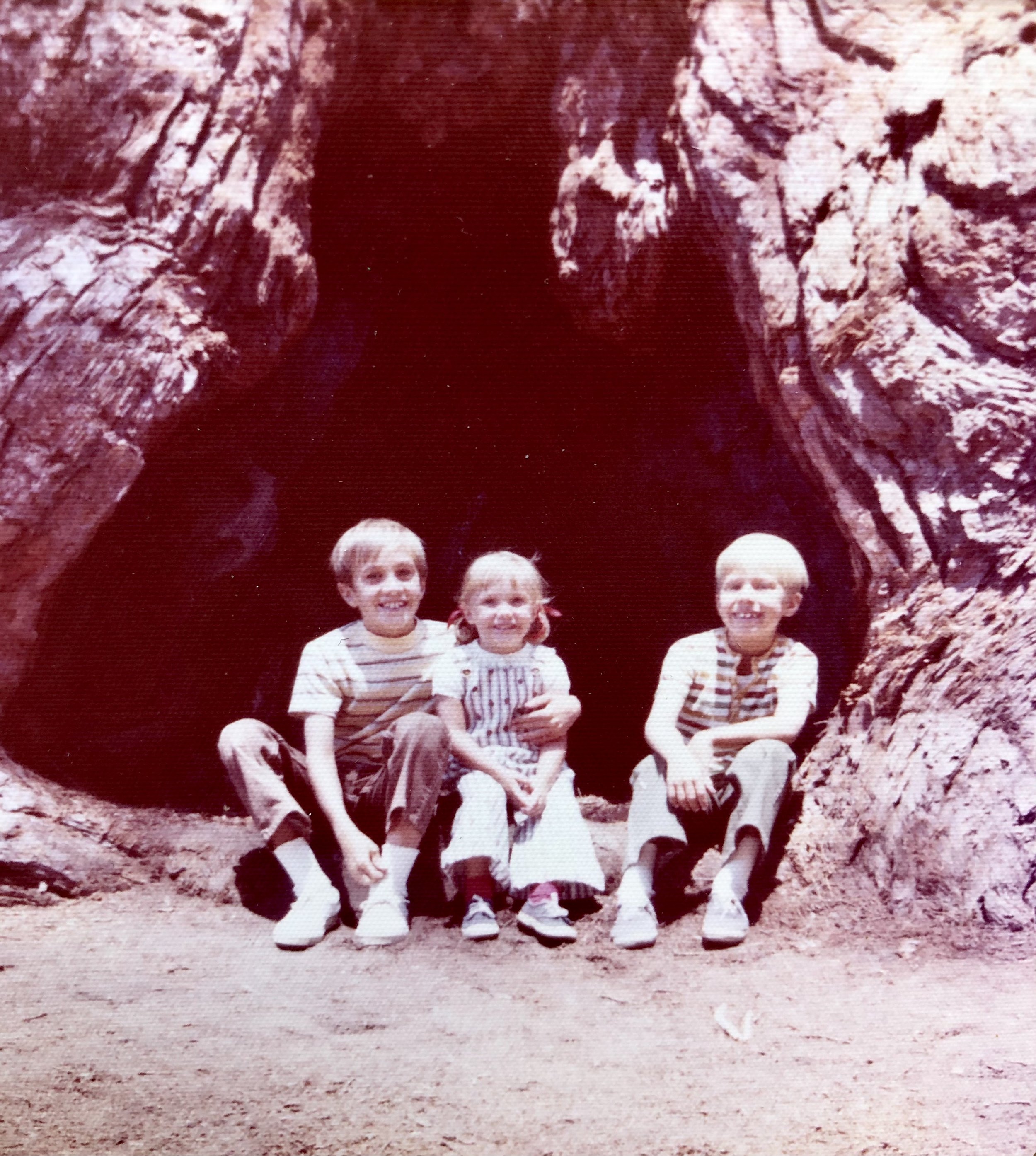We Christians speak a lot about our convictions. In case you are a little fuzzy as to the meaning of “conviction” or new to faith in Christ and the vocabulary that tends to accompany Christians in the west, I think this definition lends itself well to our discussion:
“Conviction: a firmly held belief or opinion. ”
Some of us have quite a long list of those, do we not? And those of us who identify our theology, our view of Scripture and our opinions of how the earth began, why we are saved, how we are saved, and what that looks like to our future in a historical framework that identifies with a movement such as that of the early apostles or the Protestant Reformation, our lists are firm and lengthy and highly defended. Phew. Did you catch all of that?
It’s okay if you didn’t. Your faith in Jesus Christ does not depend upon heady theological knowledge or pedantic discussion. But some of us are just nerdy enough to love that stuff.
Regardless of how academic your study of Scripture and your faith’s underpinnings may or may not be, you also hold convictions. Beliefs. Opinions. They may be in regards to a style of worship you prefer or the denomination of a church or how a church operates or how we are to live out our faith in practical application, but sure enough, you’ve got convictions. What do you think they are? Would you die to defend them?
Last summer my husband and I traipsed our way through London and Oxford. Both are incredible places to visit for a whole slew of reasons, and we lapped up everything from the historical building where we stayed to watching tennis at Wimbledon to eating our way around the Borough Market.
We find ourselves in that heady group of people who overly love history, biography, bibliography, social science, literature, geography, and theology. In other words, we geek out at museums, monuments, historical places, and graveyards (let me tell you about the cemetery in Oxford!), and we read and discuss our way through it all, simultaneously planning the next excursion. We’re those parents who stop at historical markers and read them aloud to our kids. I think they probably hate that.
Being those people, Westminster Abbey alone is like a mecca of historical everything. I remember the first time I visited, at the age of 12, and when I looked down to see the marker upon which I stood, I declared, “I’m standing on David Livingstone!” (I presume. Sorry. Couldn’t resist.)
We found ourselves once again walking through Westminster Abbey last July, pointing things out to each other as we went. For us, the history of Great Britain and the UK holds a particular fascination for a myriad of reasons, but specifically because it is so intrinsically entwined with our Protestant faith and its roots in the Protestant Reformation. If we were Catholic, we might feel the same connection.
Even if you don’t know the historical details or the timeline, you’re probably familiar with some of the people involved: Martin Luther, King Henry the VIII, John Wycliffe’s English Bible, Queen Elizabeth I, John Calvin.
The Clashing Convictions of Elizabeth I and Mary I
Which brings me to the tombs of Mary I and Queen Elizabeth I, both entombed at Westminster Abbey. Briefly, for our purposes in discussion of Christian convictions, what you need to know about these two historically important women is this:
King Henry VIII (the one with six wives) changed England’s official religion from Roman Catholicism to the emerging Protestant church when he established the Church of England in 1531. It was a spiteful move devoid of theological conviction; the Pope wouldn’t grant him a divorce from his first wife, Catherine of Aragon, so in an act of personal defiance (more “I’ll show you!” than “Gosh, I really believe what the Reformers are teaching”), Henry pulled England into the burgeoning religious conflict of his time.
Which leads us to his daughter, Mary I. Mary was the daughter of Henry VIII and Catherine of Aragon. You can imagine how, after her dad divorced her mom and went on to behead his next wife, sweet and cozy their home life must have been. Indeed, when Henry died, Mary’s half-brother inherited the throne but he died just a few years into his reign, and for nine brief days, Lady Jane Grey was made queen for the very reason that the ruling politicians of the time did not want Mary to rule: Jane was Protestant. Mary gathered her supporters and put an end to that, having Lady Jane Grey beheaded and assuming the throne.
In just five years of her subsequent reign, Mary had over 280 dissenters (people who didn’t agree with her Catholic faith) burned at the stake, earning her the moniker “Bloody Mary”. She died at the age of 42, leaving the throne to her half-sister, Elizabeth I.
Elizabeth I and Mary I had a rocky relationship. At times, they were in support of each other, but more often they were at odds. When Elizabeth became queen, she returned England to the Protestant ties of her father, and once again the Church of England was headed by the monarchy there. Separation of church and state wasn’t a thing, for better or worse.
Did Elizabeth and Mary hold religious convictions about the way in which they chose to worship the Judeo-Christian God and his son, Jesus Christ? There is obvious historical evidence that Mary was a stalwart of Catholicism, and she stood by her beliefs despite a political climate that could have meant her martyrdom. The same could be said of her half-sister Elizabeth, who not only posed a natural threat-by-association to Mary’s throne, but who stood in disagreement with Mary’s Catholic faith. Remember, Mary was sending Protestants to be burned at the stake and exiled during her reign and restoration of the Catholic church in England.
Copyright:Dean and Chapter of Westminster
And there I stood in the room which houses the tombs of both Mary I and Elizabeth I, knowing the back stories of these women and the unparalleled cultural influence they had on not just England, but neighboring countries and allies as well. Imagine if your convictions had worldwide consequences. Imagine being laid to rest on top of (no, really—Elizabeth’s coffin was buried on top of Mary’s) the sister you disagreed with on a scale that sparked a cultural and historical climate change, twice.
Imagine if your convictions had worldwide consequences.
At best, theirs was not an easy relationship. Their sibling rivalry had cultural implications. Their declarative convictions held life and death ramifications. Should they not have held to them?
As I stood in the room that houses both queens’ monuments, I thought about their opposing beliefs and what it might have been like to wage that war. Could they have been kind to one another, despite their differing views? Could Mary have held to her Catholicism in a Protestant court and asked to quietly worship the way she believed? Could she have held to her convictions without killing a lot of people in the process?
And then I looked down at the head of the great stone effigy of Elizabeth I to see this, embedded in the stone floor:
Copyright:Dean and Chapter of Westminster
I was struck. Those words, carefully chosen no doubt, by some historian or believer (or both) tell us what we need to understand about our own convictions: We believe the things we do and will lay down our lives for Christ and conscience’s sake.
For Christ and conscience’s sake.
Not to put them upon others, standing in place of the Holy Spirit in the life of a friend who follows Christ, nor to browbeat a friend or neighbor who does not believe. For Christ’s sake. For our conscience’s sake.
Those divided at the Reformation held different beliefs. Who’s to say they were better beliefs?
I just wrote the previous sentence and it rubs me the wrong way. Certainly, aren’t my convictions and beliefs better than someone else’s?
Better is God. Better is Jesus. If that is our conviction, it is right. It is better. It is everything.
What is yours?
By the way, engraved at the base of the monument to Elizabeth and Mary are these words:
“Partners in throne and grave, here we sleep Elizabeth and Mary, sisters in [the] hope of the Resurrection.”
How do we hold our Christian convictions and love our neighbor as ourself? Stand with Christ. Don’t stand against your neighbor. Love your enemies. Pray for those who persecute you.
Convictions, at their best, serve to further the gospel of Jesus Christ and allow us to be brothers and sisters. May we be wholly committed to the hope of the resurrection, for the sake of Christ, because if ever we are fooled into thinking our choices make us better than anyone else, we have forsaken the gospel of Jesus Christ. His Resurrection makes us all equal before God, not better.











